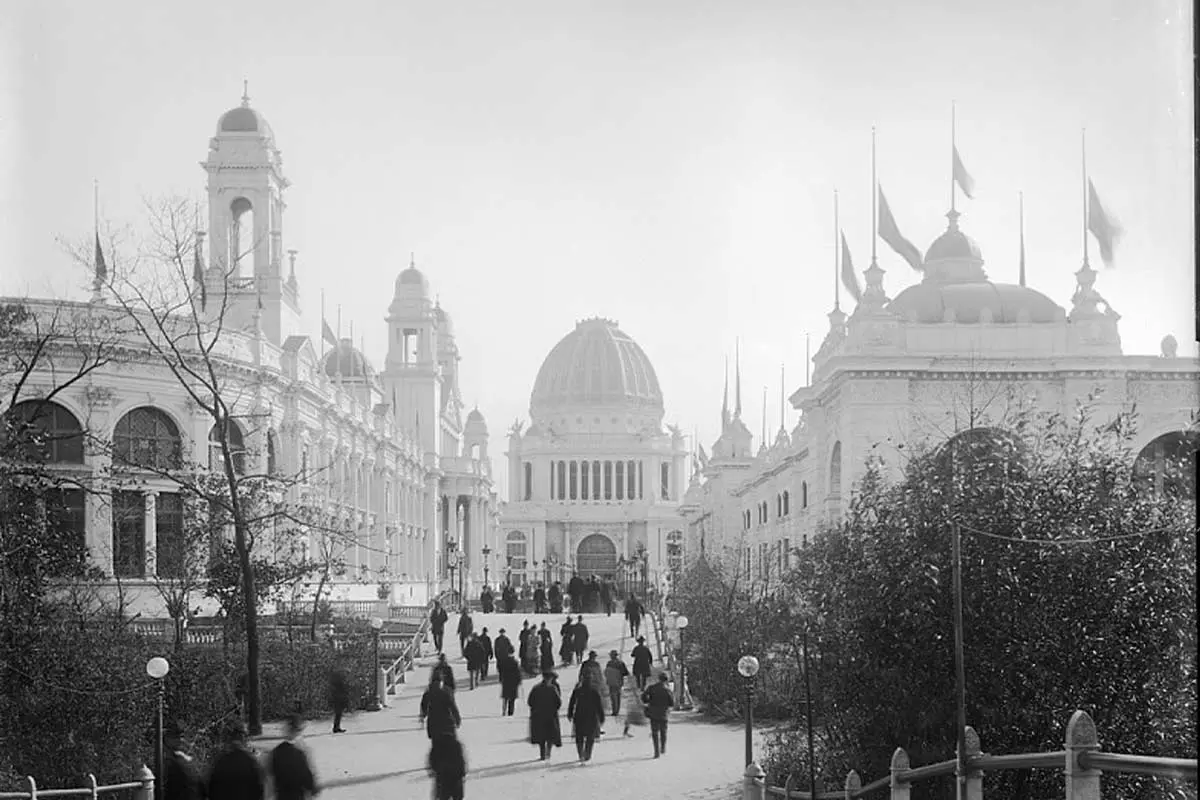Before social media, computers, and the internet, before television and even commercial aviation, one way people learned about the world around them was to attend large international events. Depending on the region of the world, they’ve been called expos, exhibitions, and fairs. But by whatever name, over a billion people visited these events: 1.2 billion, to be more exact.
So, why did individuals from all over the globe pay to travel to and attend these events? What was the attraction?
Fun, Excitement, and Money.
These fairs were cultural phenomena and entertainment meccas. They created jobs, attracted tourists and generated revenue. Host cities gained recognition. Attendees had fun. Businesses sold products. Countries showcased their culture. Entrepreneurs displayed inventions.
Many of the innovations showcased at World’s Fairs changed the way we live today. Examples include: the elevator, the telegraph, the telephone, the phonograph, the television, the computer, as well as movies, munitions, medicines, medical devices, pharmaceuticals, farm devices, and electric lights. In the 19th and 20th centuries, World’s Fairs were the place to see, to be seen, and to experience.
Are they still happening?
In the past 175 years approximately 300 million people attended World Fairs in the United States (U.S.). In the first 90 years, from 1851 to 1940, there were 25 Fairs in the U.S. In the past 84 years, only six Fairs have happened in the states—and of those six, five lost money. In fact, the last World’s Fair in the U.S., New Orleans 1984, was the only World’s Fair to declare bankruptcy during the run of the show. Not surprisingly, there have been no World’s Fairs in the U.S. since that time, 41 years ago.
So, are World’s Fairs dead?
No, but it may be a question of semantics. “World’s Fair” is a term mostly used in the U.S. Since the New Orleans World’s Fair, there have been 16 “International Recognized Exhibitions” worldwide. Shanghai in 2010 attracted 73 million visitors. Before this year, the most recent World Expo was in Dubai. It was scheduled for 2020, but due to Covid, it did not start until October 2021. It hosted 192 participating countries and attracted 25 million visitors.
Bidding on the 2025 Expo started in the beginning of 2017. Paris initially bid on the event but withdrew that September after being awarded the 2024 Olympics. Osaka was awarded the event in November 2018.
Expo 2025 opened on April 13th with 158 participating countries. A total of 40 countries, including the U.S., erected architecturally stunning national pavilions. Mitsubishi, Nintendo, Panasonic, and Sumitomo are four of the 14 private sector pavilions on site. The Expo will run through October 13, 2025. Prior to show opening, the Japan Association projected attendance at 28.2 million. That number is optimistic: a more likely number is 22 million people, and even that number will be reduced if it is an exceedingly hot summer, or if any unexpected problems occur. Still, it is a lot of people.
Like host countries for World’s Fairs in the past, Japan hopes to promote its economy, its technology, and its culture. The theme of Expo 2025 is: “Designing Future Society for Our Lives.” One attraction displayed and demonstrated on opening day was a flying car.
The future.
Today, these expos are more about countries and themes than they are about inventions, brands, or corporations. They look to promote progress and foster cooperation.
The official governing body for World’s Fairs is Paris’ Bureau International des Expositions (BIE). According to the BIE, there are three primary categories of Expos: Universal, Specialized, and Horticultural. After this year, the next Universal Expo, the largest type, will be 2030 in Riyadh, Saudi Arabia. Belgrade, Serbia will host a Specialized Expo in 2027. Yokohama, Japan will host the Horticultural Expo in 2027, with Minneapolis, U.S. is tentatively scheduled for one in 2031.
This story originally appeared in the Q3 2025 issue of Exhibit City News, p. 42. For original layout, visit https://issuu.com/exhibitcitynews/docs/exhibit_city_news_-_jul_aug_sept_2025/42.
























